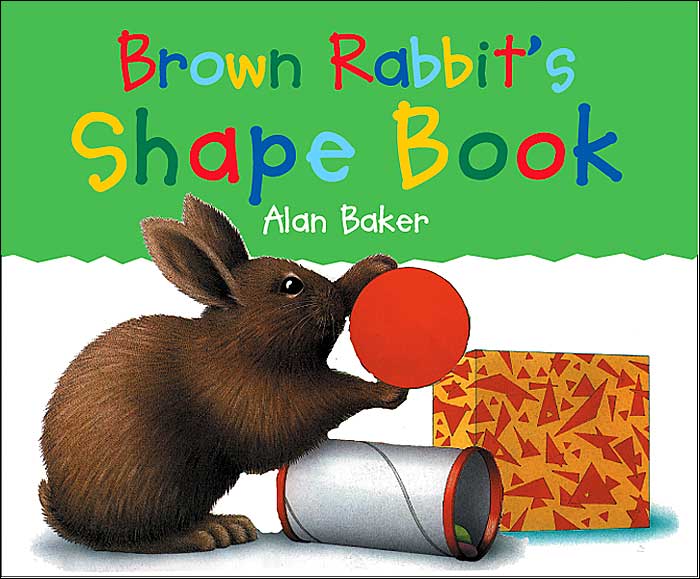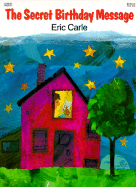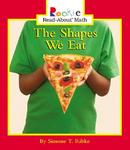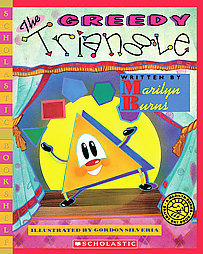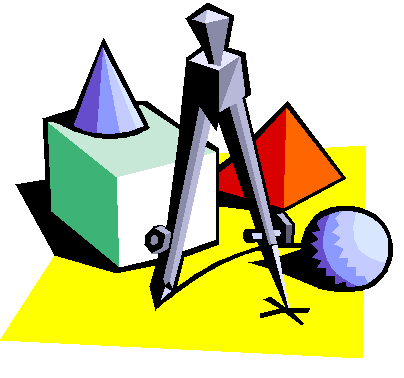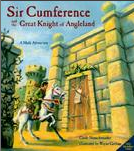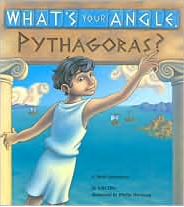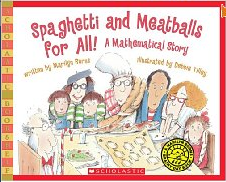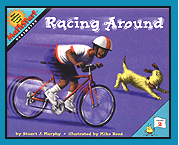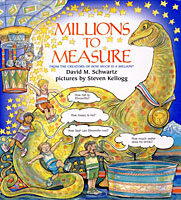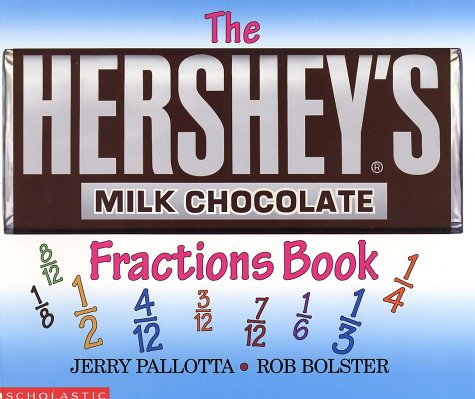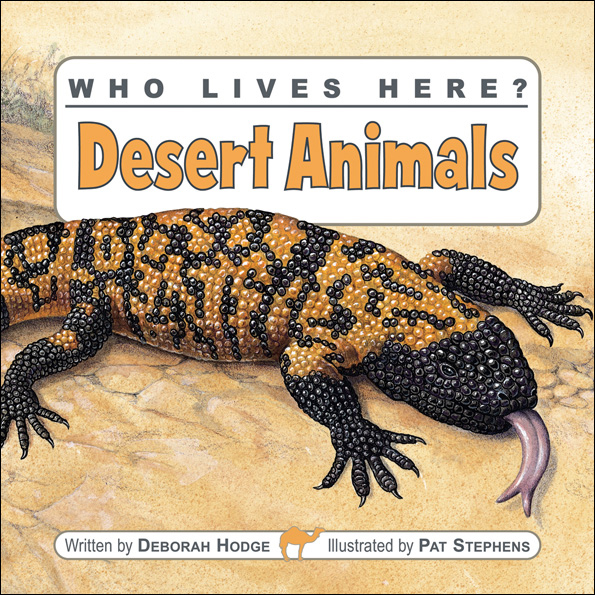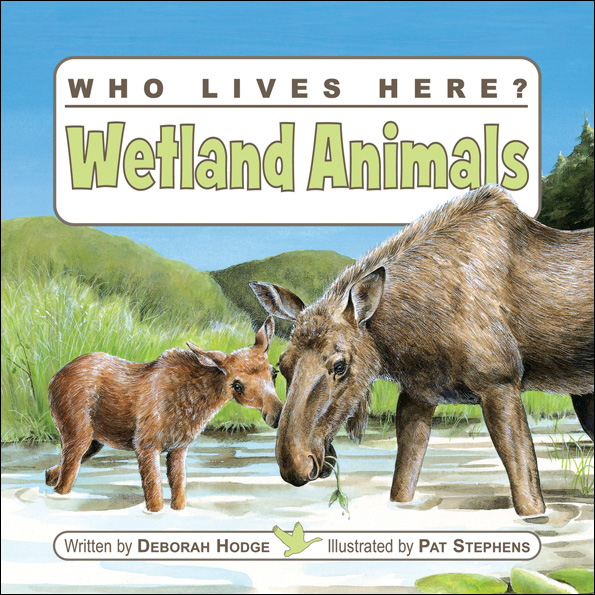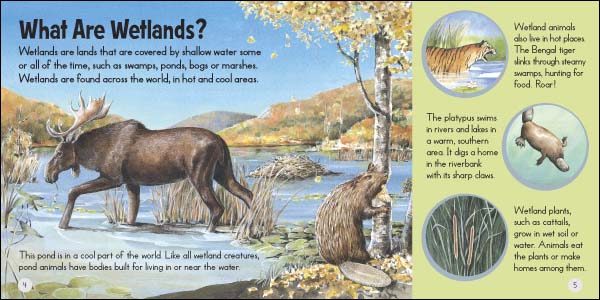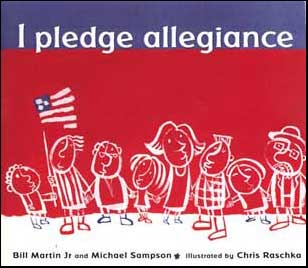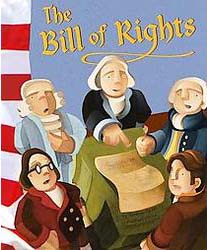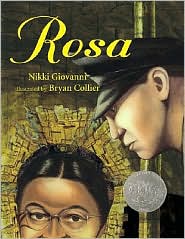This post will focus on resources to help teach 1st grade money. More specifically the skills of identifying denomination of coins and how groupings of different coins can have the same value. Also using addition to determine the value of a collection of coins and subtraction to determine the correct change.
I have selected several books that I think cover a wide range of money themes while providing entertainment, instruction, multi-cultural experiences and cross curricular opportunities.
-
My Rows and Piles of Coins by Tololwa M. Mollel, illustrated by E.B. Lewis – This book centers around a young boy who helps his mother work the market in Tanzania. She rewards him for his hard work but his only desire is to use his money to make her job easier. This book offers a glimpse into another culture and is embedded with lessons about generosity, determination and the rewards of saving money.
- Money Madness by David A Adler, illustrated by Edward Miller – Ever tried to use dried fish to by milk at the grocery? Money Madness tells us how we use money today and gives a history of how we used to buy our good before we had real money. You also get an idea of how money changes value from day to day and in different countries. This book has cross-curricular opportunities for economics and early-American culture.
- The Coin Counting Book written and illustrated by Rozanne Lanczak Williams – This is the perfect book to introduce coin values, identification, grouping and counting.The coins are represented in both words and numbers with a large photograph of the coin for visual comparison. The book also shows coins arranged in sets with equations and their equivalents as well as showing how one coins can be exchanged still represent the same amount. The rhyming helps draw students in and encourages them to use actual coins while they read.
- A Dollar for Penny by Julie Glass, illustrated by Joy Allen – Penny needs money to buy her mother a birthday card so she sets up a lemonade stand to earn money. Her prices increase through out the day as she sells and she finally makes one dollar. This books teaches addition and shows coin denominations and their value. At the back of the book is a chart showing coins and their equivalence to other coins. It is a wonderful rhyming book and is part of the “Step into Reading + Math” series, level 2.
- Pigs Will Be Pigs: Fun with Money and Math by Amy Axelrod, illustrated by Sharon McGinley-Nally – This book is as fun to look at as it is to read because of the wacky pigs and answers to math problems hidden in the illustrations. Students are encouraged to count along while the pigs destroy the house collecting spare change for dinner at the Enchanted Enchilada. Once at the restaurant the readers get to add along with the pigs to see what they can afford to eat. The addition and multiplication needed for the calculations are shown at the end of the book.
The following websites are for students to explore, practice and expand their knowledge and skills in reference to 1st grade math. Some sites offer basic knowledge and practice while others are more challenging. Hopefully there is a good mix to meet all student levels and needs.
- BrainPOP Jr– This educational site is very entertaining and kids can navigate through it easily themselves. The site is suitable for grades K-3 and contains videos, audio prompts and great graphics. This link leads to the money activities that are separated into two categories, counting coins and dollars and cents. Each set of activities contains games, jokes, writing and drawing that kids can print, word walls and online quizzes, all centered around money. There is also a cartoon movie to watch staring their favorite BrainPOP characters. Portions of this site do require a membership, check with your school to see if they have already subscribed. Also they do offer a trial visit to check out the site.
- The Federal Reserve Bank of San Francisco, Welcome to FedVille – This is a fun interactive site that allows kids to earn and use money in their community of FedVille. Starting at home, they get money in the mail for their birthday, kids can then go to the bank and open a savings account, get a job to earn more money, go shopping, see a movie (about money of course), and play games. They get to see their money increase and decrease as they move about town. Kids can also tour the Federal Reserve or grab a bite at the deli, all while earning trivia cards (about money) for their collection. This site has great cross-curricular possibilities when focusing on community helpers and civics.
- Toon University – Toon University is a huge website containing activities for all core subjects, teacher resources and links to other educational websites, but what caught my eye was a simple math game called Discovering Coin Values.The student try to match the amount of money shown by dragging the coins up to the slide or onto the thumb to be flipped into the cup. The object is to use a variety of combinations of coins to come up with the correct match. As the student adds coins the amount is shown on the cup, if the student adds too much money, they are prompted to try a coin of lesser value. Because there is no score kept, trial and error is allowed as the students begin to learn the value of a group of coins. This game is simple yet very effective.
- H.I.P. Pocket Change – For Kids – The United States Mint – This is a really fun website for kids to learn just about everything there is to know about US coin currency. When teaching kids how to count money it’s also a great time to teach them how we make money, the history of coin currency, what did coins used to look like, coin collecting and how to save money. This is a great site full of games, cartoons, news, collectors tips and some very funny characters kids can get to know. The site is sponsored by the United States Mint so you can feel comfortable letting the kids navigate on their own. There are great cross-curricular opportunities here as well.
- Mathematics Lessons, All About Money – Elementary students can use this web based learning site to learn all about the basics of money. The four coins, penny, nickel, dime and quarter,are photographed and appear realistic with both front and back showing.When a student clicks on a coin, basic information is given. For a penny, student’s are told it is worth .01 cent, who is on the front, what is on the back, and a picture of both. The student can then count pennies or chose a new coin to investigate. By going to the tutorial page students can practice counting groups of each coin or combination of coins. The site offers congratulations or try again as the students progress. It is very realistic in appearance and basic in nature. However, that is what makes this website so appealing.
My next websites are for teachers. They provide lesson plans, activities, coin templates, and cross curricular ideas to help teach students money skills and about our US currency.
- H.I.P. Pocket Change – For Teachers – The United States Mint – This website is packed with lesson plans for all four core subjects. Math alone has 40 lessons plans ranging from grades K-8. There are so many cross-curricular opportunities available here. The teacher feature page has tons of activities with templates for all the manipulative’s and worksheets you will need. All are approved by the US Mint to be reproduced. In the coin curricula center there is a representation of each coin with a printable template and a page of information, games, cartoons and activities associated with that coin. The reference page has access to a library of coins dating back to the 1600’s, book resources, websites and a glossary. This website also has a kids site with games, arts and crafts, cartoons and so much more.
- Money Instructor: Counting Money – Money Instructor covers many levels of teaching money, however this link is specifically for teaching coin counting and identification. You will find lesson plans, exercises, worksheets and manipulatives all to help you teach counting coins. The worksheets and interactive exercises can be adapted to suit the needs of your students depending on their level and ability. There are activities such as How Much?, and Matching Values. As your students advance in their skills you can look to Money Math for more lessons and activities. This website does require free registration for access to worksheets and some lessons require a membership, however there is still an abundance of materials available at no cost.
- Math Fact Cafe – Fact Sheet Factory – Build your own money worksheets here. This site allows you to make your own worksheets based on four different skill levels and four different types of money math problems. You can show heads and/or tails or hide the value labels all together. There is also a jumbo size available for special needs students and the choice of natural looking coins or black and white outlines. You also have the option of being able to focus on one particular coin if students need more practice in one area or mix it up using penny up to quarter.


